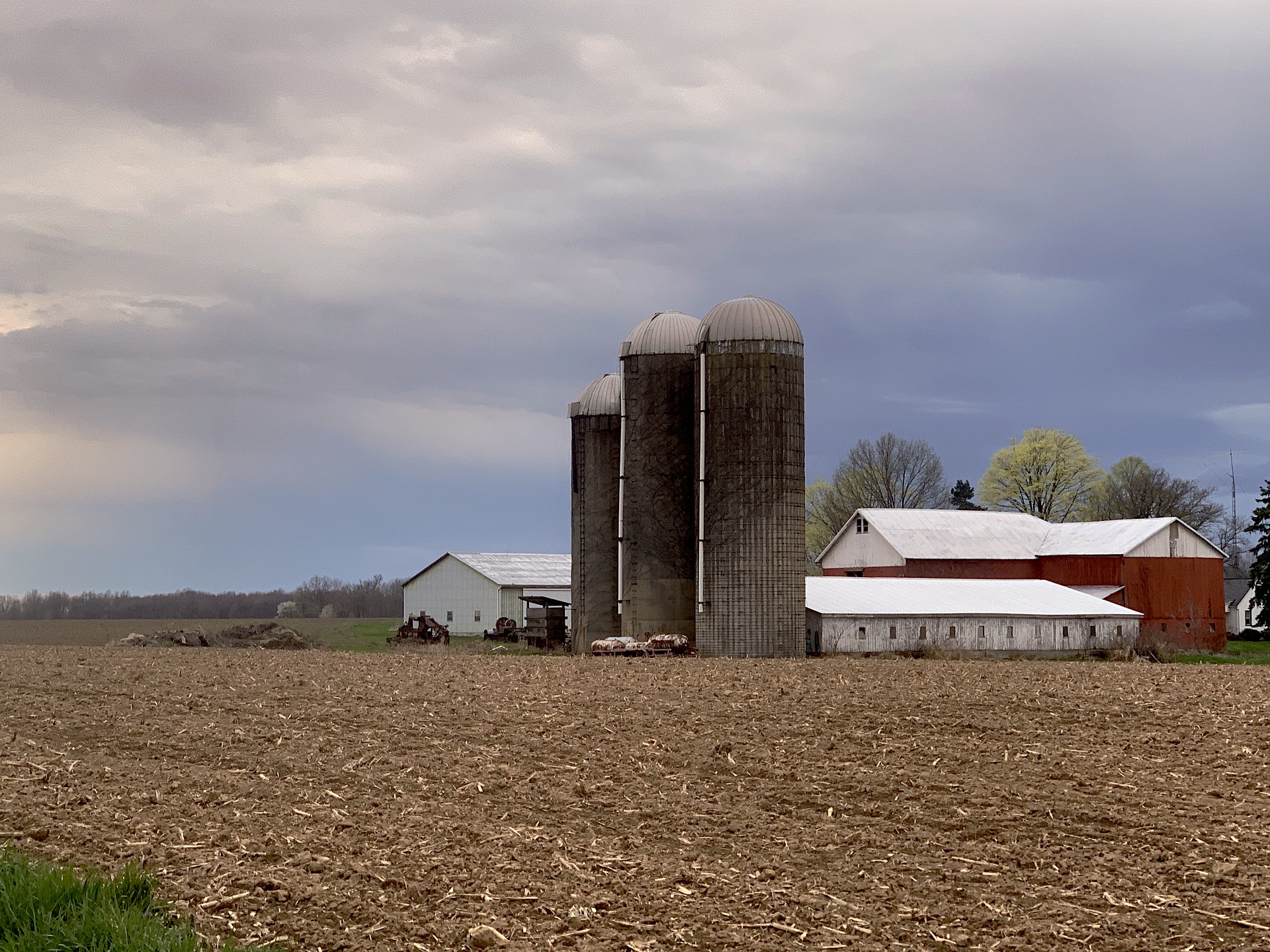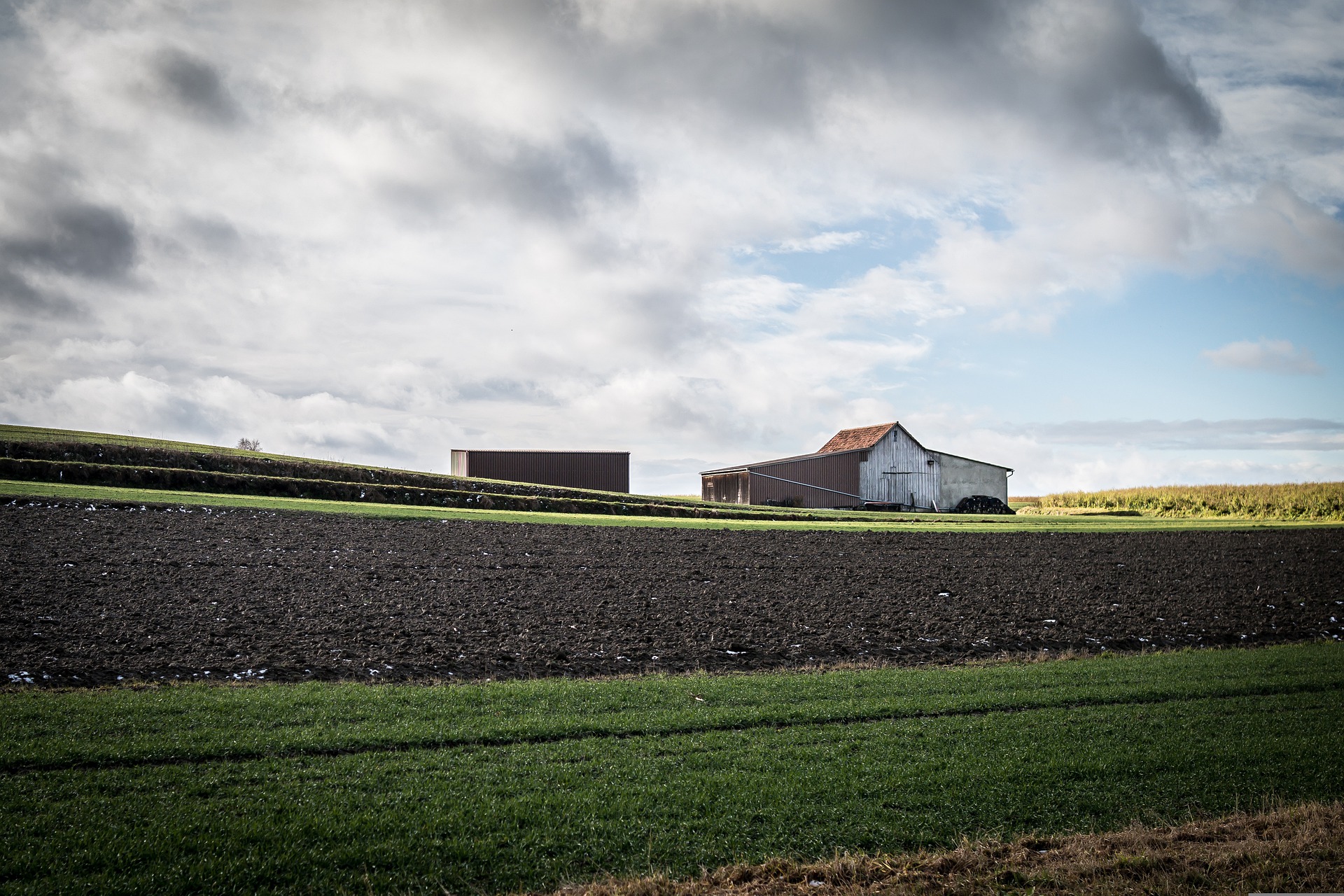
The valuation of goods is a delicate exercise when selling an agricultural property. Based on our experience and our knowledge of the market, we bring you some advice.
The time of your cessation of activity is coming soon and you are going to sell your farm or your wine property. You know the value of your house, farmland, vineyards, equipment and livestock. However, you have no idea what your buildings are worth. This is normal because it is often the most delicate element to evaluate. Moreover, the value that you will give to it could have an incidence on the terms of the transmission.
Indeed, if the value of your buildings is low, you can decide to sell your farm in several different ways:
or
The second option is to dismantle your career's work, which is always a shame but can sometimes be more financially advantageous.
You may be able to sell your house better by selling it to individuals rather than to someone taking over your farm. A valuation of each block of land may allow you to obtain a better price per hectare than a sale of all the land. Selling equipment, livestock and inventory individually may also be more attractive.
You will also have the possibility to keep the house for your personal use, which will often be more difficult if you wish to maintain the unity of your farm.
The valuation of a company, whether it is agricultural or not, is always done by mixing the results of several economic and patrimonial methods.
The valuation of your buildings is thus, in the case of a global transfer, inseparable from the global valuation of your company.
It comes down to making an inventory of all the assets making up the business and valuing them individually, then adding up the overall value.
But how to value a building?
Different methods exist:
1. The update of the initial price of your building:
You take the cost price of your building to which you integrate, if it is not already done, the valuation of the work that you have done by yourself. Then you index this price with the INSEE BT 2010 index (building index) which is generally used as a reference to calculate the evolution of construction costs of professional buildings.
Finally, you deduct an obsolescence corresponding to the number of remaining years of use of your building compared to its total value.
Example: Your building cost 140 000 € and was completed in January 2015 (index 104,1)
In January 2022, the BT 2010 index is 121.4, so the updated cost price of your building is
140 000 x 121,4 : 104,1 = 163 266 €
Your building is 6 years old and you estimate its lifespan at 20 years. It therefore has 14 years of use left, i.e. :
163 266 x 14 : 20 = 114 286 €
This method generally gives rather high valuations which do not take into account the functional depreciation of your building.
Indeed, even if it is still in very good condition, your building is probably no longer as functional as a new building (especially for a very specialized building) and this difference in functionality will only worsen with time.
2. Depreciation on the basis of the initial cost price 
To compensate for the loss of functionality of the building, you can simply depreciate the initial cost price of your building on the basis of its actual life span.
Your 2015 building which cost you 140 000 € is thus valued 6 years later at
140 000 € x 14 : 20 = 98 000 €
3. comparison with other disposals
You determine the selling price of your building by comparing it with other comparable sales.
The difficulty often lies in the fact that there are too few recent transactions that are really comparable in your sector. As well as the difficulty to access these comparison bases. The further away the transactions are geographically and in time, the less valuable these indications will be.
It is a question here of determining the value of your company in relation to its capacity to generate income (profitability value) or to repay financing (resumability value).
The profitability value will be calculated from the company's result by integrating the foreseeable evolutions of the economic environment (notably a risk coefficient). The future remuneration of the project owner is deducted to determine a capital value.
The resumability value is calculated from the Gross Operating Profit (also to be adjusted according to changes in the economic environment and risks) to calculate, after remuneration of the project owner, the capacity to repay loans.
These 2 methods are then combined to give an economic valuation of your company which will be used as a basis to value each of the assets (including the buildings).
The economic method of valuation of a farm makes sense within the framework of a global valuation and if the buyer plans to pursue the same production as you.
The combination of the patrimonial and economic valuations generally gives you a price range that can be used as a basis for a bid or for opening a negotiation.  However, if possible, the market value should also be taken into account.
However, if possible, the market value should also be taken into account.
The market value is based on the relationship between supply and demand for an asset. The result can differ greatly from other methods.
Your building may be recent and functional, but its value will always depend on the buyers who may be interested and the use they may make of it.
If the demand is strong, your building will be worth more. On the contrary, if the demand is low, it will be worth less.
So whatever the value you define from the patrimonial or economic method, you will have to adapt this amount to the real market situation, or at least take it into account in the negotiation.
The evaluation of your company or your farm building thus requires an important expertise. And a strong experience which will allow the appraiser to bring the theoretical valuation closer to the real valuation on the market.
We therefore advise you to contact professionals (land and agricultural experts, property experts, accounting firms, chambers of agriculture, transaction professionals, etc.) and to ask them about the methods used before entrusting them with a valuation mission.
You have understood that you can value your farm building in several ways: by its profitability and according to the market. Also, you can approach specialized professionals to guarantee you a precise expertise.